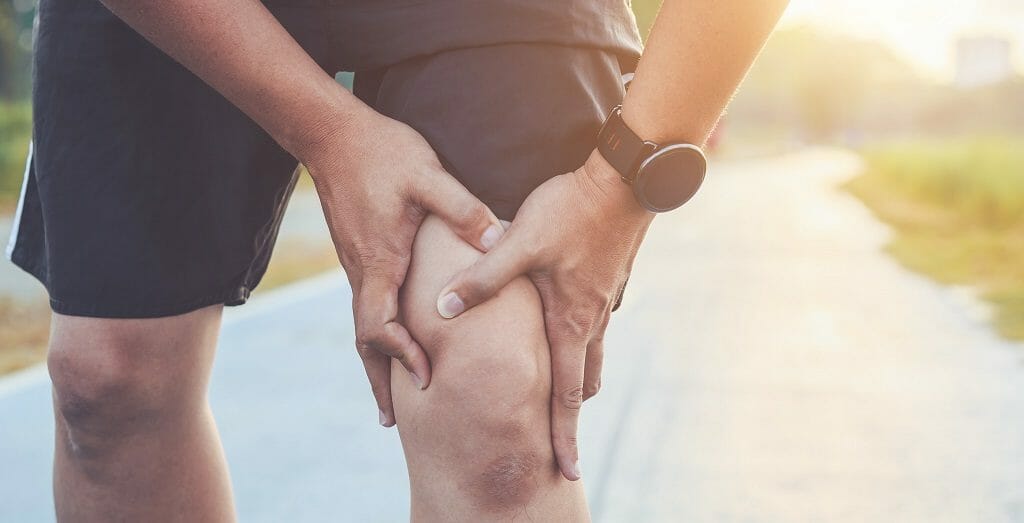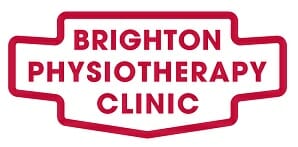Treatment for Muscle Strain
What is Muscle Strain?
Muscle strain is the tearing or stretching of muscle fibres. Muscle strains usually happen when the muscle was forced to contract too strongly or was stretched beyond its limits. A grade I strain is a mild strain where a few muscles are torn or stretched. A person will have normal strength, irrespective of pain or tenderness in the injured muscle.
A grade II strain is a moderate strain with severe muscle tenderness and pain. There is a noticeable loss of strength and mild swelling. A grade III strain is a complete tear of the muscle. A pop sensation will be felt as the muscle rips in two. These are serious injuries that cause considerable tenderness, pain, swelling and discolouration.

Causes of Muscle Strain
An acute muscle strain occurs when the muscle tears unexpectedly and suddenly. This happens after a trauma or injury. It could result from poor flexibility, overexertion, not warming up properly before an exercise or physical activity and fatigue.
Acute strains are also caused by using poor body mechanics to lift a heavy object, jump, run, slip, throw or lift something while in an imbalanced position. Chronic muscle strains occur from poor posture, holding your neck or back in an awkward position for long periods and from sports such as baseball, tennis, rowing or golf.
Diagnosis of Muscle Strain
A GP will ask what activity triggered the muscle strain, if you heard a pop in the muscle when the injury occurred, and if there is difficulty moving, or decreased muscle strength. They will check your medical history, examine you for spasm, muscle tenderness and weakness, and may ask if you have recently suffered any leg numbness, bladder problems, weight loss, fever or symptoms of a more severe medical condition.
GPs might order an MRI scan or X-ray if the diagnosis is in doubt, or in the cases that a patient has problems involving vertebral disks, vertebrae, spinal cord or spinal canal.

Treatment of Muscle Strain
Home Remedy
Minor muscle strain can be successfully treated at home with rest, ice, compression and elevation. It is recommended to only rest for two days before you start using the affected muscle again, to avoid it becoming weak. However, it is important not to overdo it.
Apply ice to minimise swelling
Ice should never be put directly on your skin – wrap it in a towel or use an ice pack. It should be applied for 20 minutes every hour on the first day, and every four hours over the subsequent days.
Wrap the affected muscle with an elastic bandage
Be careful not to wrap too tightly or you can reduce blood circulation.
Physical Therapy
Physical therapy helps to maximise strength and stability in the injured limb or joint. Your GP might suggest a splint or brace to immobilise the area. Severe injuries such as complete tears may require surgery.
Will Muscle Strain Require Surgery?
In most cases, surgery is only recommended for a grade III strain where the muscle shears away from its tendon or rips in two pieces. Your GP may refer you to an orthopaedist. Depending on the location and severity of the muscle strain, the orthopaedist may repair it surgically or immobilise the injured muscle in a cast.
Getting Help for Muscle Strain
Visit your local GP if you feel numb in the injured area, the pain persists after a week, you’re unable to walk or move your legs, or if blood is coming from the injury. Your doctor might use imaging tests to determine the extent of your injury. They may recommend anti-inflammatory medication to reduce the swelling and pain alongside physical therapy to restore movement and strengthen the muscle.
